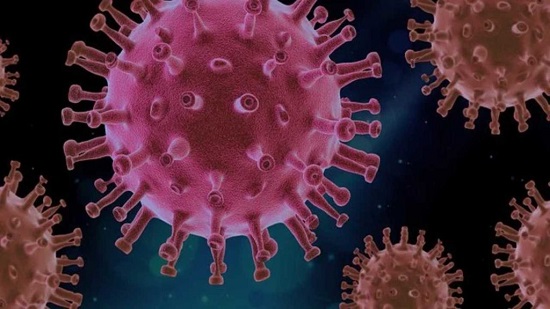Viruses are ancient. They predate the divergence of life, thus infecting our last universal common ancestor.
Viruses are deadly. They kill twice as many people as cancer does — around 15 million people every year.
Viruses are simple. They are made of an outer shell of protein which carries the virus DNA (or RNA), the genetic protein code with instructions for making new copies of the virus.
Viruses are not alive. They grow or move themselves, or eat or use energy and they cannot reproduce on their own.
This is why they must invade our cells so they can take advantage of the complex machinery, nutrients and energy in our cells and force the cell to make millions of copies, using the genetic blueprint carried in the virus.
We are aware that all this is well-known and we are being redundant in our description, but the alarming news of a second wave of the dreaded coronavirus disease, Covid-19, has raised our ire and curiosity.
It is more than painful to have to revisit a subject we thought that we at could escape from after so many moons had come and gone as we gazed at the skies and recited our fervent prayers. But it s back, and we find ourselves delving into more facts, information, reasons and explanations, as this spooky little organism once again stampedes around the globe.
How did we fare during its first visit in what seems like a century ago?
On 11 March, the World Health Organisation (WHO) announced the danger of the pandemic. The disease was discovered in Wuhan, China in late December. Over 25 million Chinese had already travelled to other shores.
In just three months more than a million people in 180 countries had fallen sick from the virus. The UN described it as “the world s most challenging crisis since WWII”.
It is easy to understand why so many nations and leaders were unable to fathom the gravity, the speed, and the scope of this highly infectious disease.
Opportunities were indeed missed for immediate action. It was already too late.
Yet some leaders earned good marks for acting as soon as the WHO moved.
New Zealand s Prime Minister Jacinda Andern s response, was bold and clear. On 11 March 11, travel was restricted, a nationwide lockdown was implemented, and citizens were ordered to limit contact. They already had 52 confirmed cases, but the damage was contained. Eighty per cent of the public approved.
Moon Jae-in, South Korea s president, also received praise for similar decisiveness.
On 11 March, Donald Trump, president of the US, immediately stopped travel to and from China and Europe, but he gets no credit for that as the matter had been politicised, and his feeble attempt to avoid panic turned against him.
Angela Merkel s aggressive management of the crisis was considered the best in Europe.
Brazil, India, Mexico and most of Europe sustained great losses of life and innumerable infections.
Some leaders in Indonesia, the Philippines and especially Israel abused or misused their power to muddle the issue for their own political benefit.
Egypt managed to shield itself for three months, and the people felt a false sense of security until the disease came calling, affecting certain celebrities. Masks, lockdowns and space restrictions were enforced.
A quick review of what took place may help us deal with a second wave. However, the symptoms are different and people around the world are weary of isolation and loneliness.
So much remains unknown, but what is known is that life as we have known it has changed.
France is experiencing a second wave now and it did not fare well during the first one. Even when we know our mistakes we ignore, forget or neglect them as Antonio Guterres, secretary-general of the UN said, “The world is facing an unprecedented test. This is the moment of truth.”
As far as we are concerned, the moment of truth is this: why are scientists creating, developing, producing artificial viruses when the earth is already drowning in them?
Hundreds of laboratories around the world are becoming virus factories. Their purpose is to better understand the disease and prepare potential vaccines. It is all well and good if it stays within the lab, however, accidents happen, lab personnel are infected, they infect others and so it goes.
Several incidents of such accidents have been recorded in Singapore, India, Russia, France, Texas, etc.
The medical world is torn between the desire to eliminate disease, and the need for further knowledge.
Some argue it is not worth continuing to create transmissible versions of deadly viruses in labs, because the risk is high. We agree. Viruses mutate and it is hard to keep up with those changes. Flu vaccines are often useless for that reason.
It is hard to avoid scepticism as to the legitimacy of those experiments.
Biological warfare comes to mind. Why are governments funding such projects?
Why did the US under the Obama administration donate $5 million to the Wuhan lab in China? To discover whether bats were responsible for the coronavirus?
Germ warfare in nothing new. Bacteria, viruses, insects and fungi were commonly used since the Middle Ages to kill or incapacitate humans, animals or plants.
Admittedly, biological warfare has been outlawed since 1971. A Treaty between 170 nations was ratified in 2013, yet, those labs are still working, accidents are still happening, people are still dying and we are still wondering.



